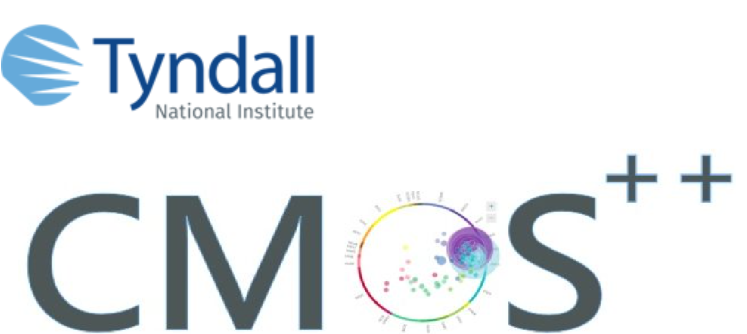The rapid growth of computer processors and consumer electronic devices calls for exponentially increased information processing capacity and data storage capability. On the other hand, implementing the vision of realisation of smaller, smarter, and less power hungry devices requires extensive research on new materials for novel and emerging devices and applications spanning from electronics and spintronics to various sensing, data storage and computing architectures. Through ab-initio simulations, new materials and diverse device configurations could be investigated for emerging applications such as spintronics and quantum computing. This could be expanded to topological insulators and spin-polarised materials and devices as well. Quantum-confinement effects as well as impact of perturbation induced by the introduction of dopant atoms or defects in addition to surface passivation and strain, on the material properties and on the quantum and spin transport will become even further important at nanometre scale, which could also be investigated by first-principles calculations.
Electronic transport in macroscopic scale is described by Ohm’s law. This is the case for dimensions much larger than the electron mean free path “lm”. In the semi-classical scheme of charge transport, the motion of electrons in the diffusive regime (L >> lm) is described by a random movement. The electronic transport turns into the ballistic regime once dimensions become comparable or smaller than the electron mean free path (L < lm). Furthermore, when the electrodes cross-section approaches the size of a few atoms, we enter the quantum transport regime. In nanoelectronics switches and memories, modern sensors (biomedical, gas, chemical, etc.) and emerging spin-based devices quantum transport calculations is inevitable.


For further information, please contact Dr Lida Ansari: Lida.Ansari@Tyndall.ie
References
- L. Ansari, et al. npj 2D Mater Appl 3, 33 (2019); https://doi.org/10.1038/s41699-019-0116-4
- L. Ansari, et al., Appl. Phys. Lett. 109, 063108 (2016); https://doi.org/10.1063/1.4960709
- L. Ansari, et al., US Patent, Patent No US 10,658,460 B2;https://patents.google.com/patent/US10658460B2/en

